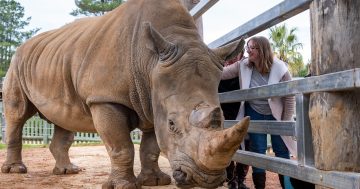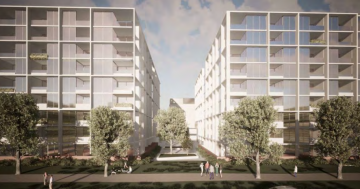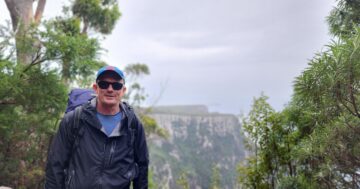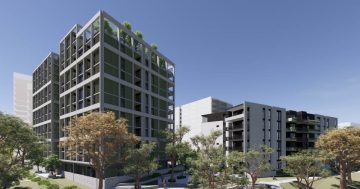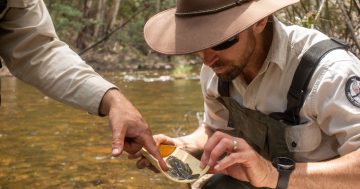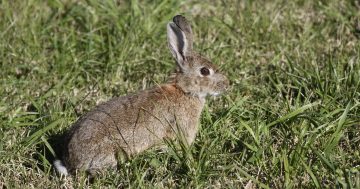What’s up with Canberra’s obsession with feral and introduced trees and shrubs?
I think Canberra fits much better into a European landscape – one filled with deciduous trees and no understorey – rather than an Australian landscape of diversity and bush. Unfortunately, the Canberra look is perpetuated by a government-led planting regime that reinforces its un-Australian appearance.
What is the obsession or pre-occupation for introduced deciduous plants? Be happy and proud of our native flora and celebrate it. Unfortunately Canberra’s main-stream garden centres are overrun by introduced plants, some of them known environmental weeds. Introduced trees provide no or very little habit value and at leaf-drop, serve only to block drains and foul water ways.
I do appreciate the network of reserves in Canberra, which contain some vestiges of native plants. Unfortunately, they are often in poor condition and poorly managed. Trees and introduced weeds dominate with very little understory; a diverse understorey is essential for the habitation of small native birds and mammals, whilst also suppressing the movement (and population) of kangaroos.
Of all places in Australia, Canberra should try its hardest to represent the real Australian bush. There is a role for all of us to promote and plant native trees and (just as importantly) native shrubs, forbs and grasses into the Canberra landscape. Try it! And put pressure on the ACT government to change its mind set.











